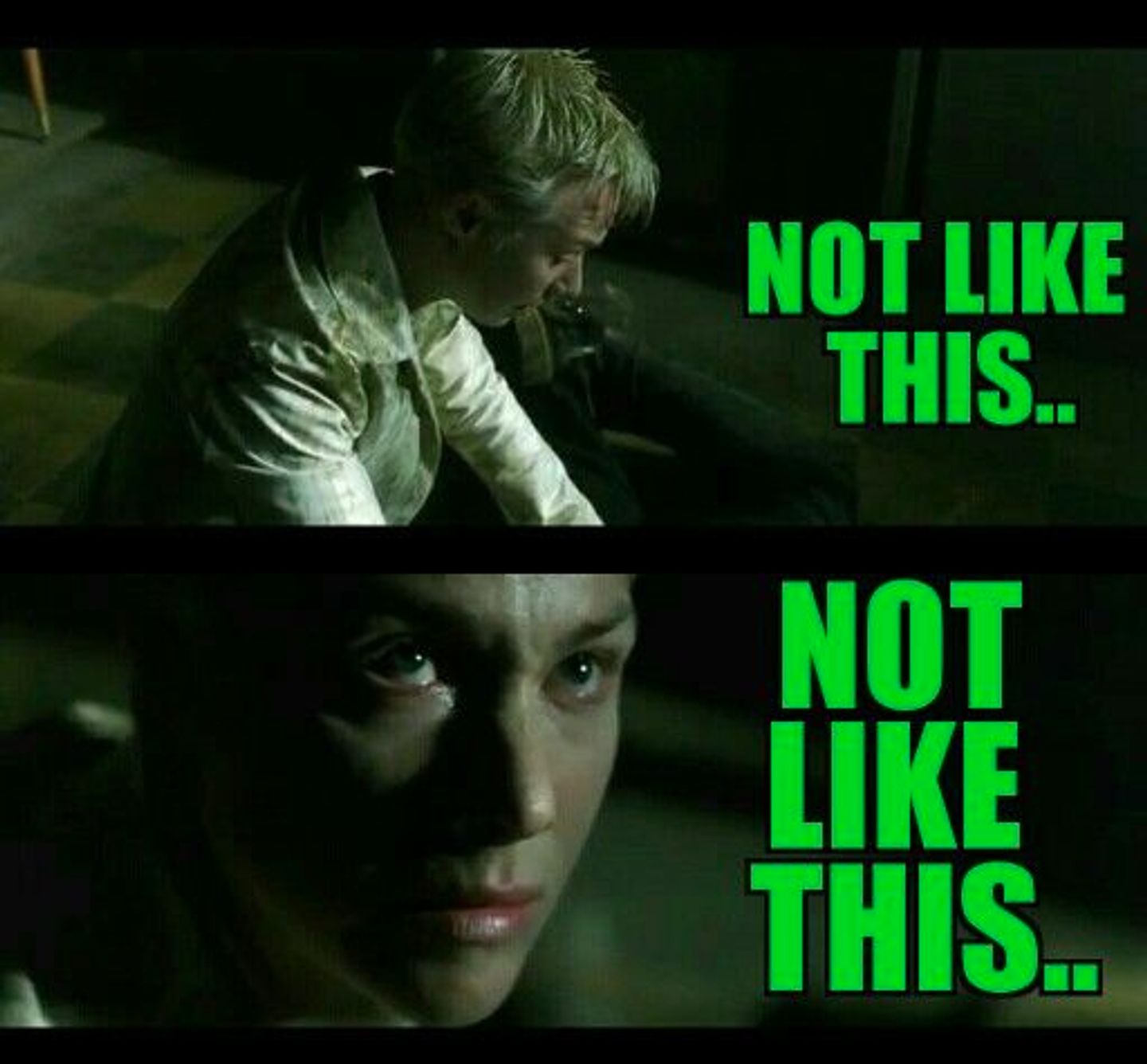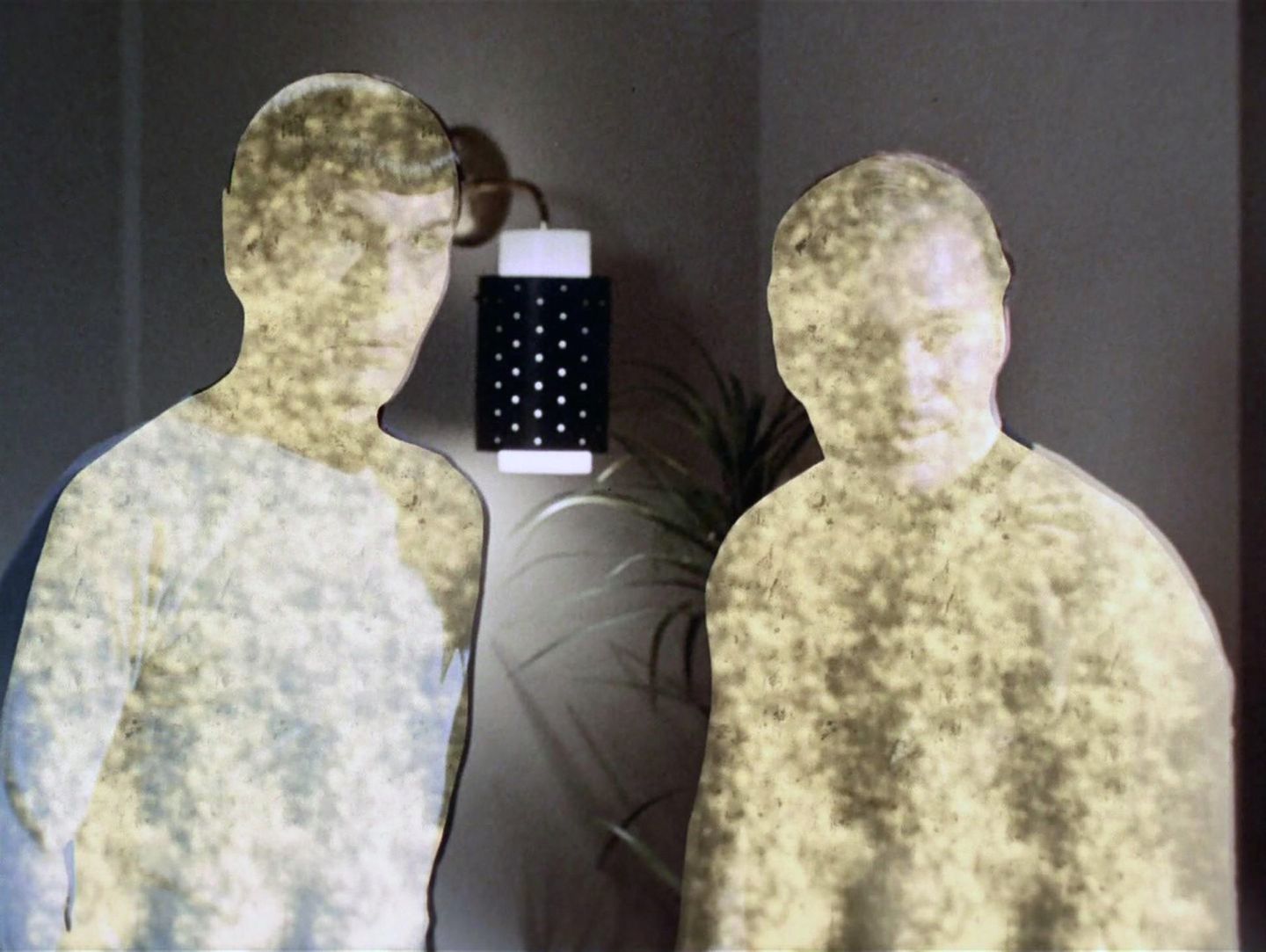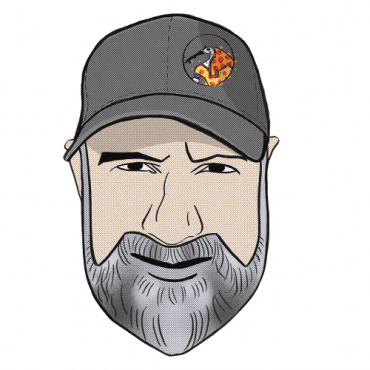AI and the Creative Process
- Edwin McRae
ChaptGPT 4 and Sudowrite. These are the AI tools I've experimented with. These are the technologies that interfaced with my organic creative process to temporarily forge some sort of 'cyberwriter'.
Did I enjoy working with these tools? I'll be up front about this. Not really. This is not a pro-AI article, and not because of some knee-jerk distaste for AI. It's because I noted a distinct and detrimental effect on my creative process.

Let's start with Sudowrite, a tool designed to produce long form fiction such as novels. Not only will it produce the prose for you, according to the content and style parameters you dictate, but it will also produce the storyline in the form of chapter summaries. To give you some context, I used it to generate a space opera novel. To do this I entered my own character and concept descriptions, and samples of my own science-fiction writing as a style guide. Sudowrite generated a series of chapter summaries that, at first glance, played out the logical story progression that you would expect from a commercial space opera. Nothing literary or groundbreaking, but then AI works with what exists already. It's a pastiche engine, splicing together pieces of existing stories to create a 'new' whole. To it's credit, Sudowrite did a good job of adhering to genre conventions and tropes, of producing a first draft free of spelling mistakes and grammatical errors. Unfortunately, all of the character dialogue sounded like it was coming out of the same mouth. There was a lot of repetition, and some nonsensical moments, but it wasn't the worst first draft I've ever seen. Not by a long shot.
So then it was up to me to craft it into something publishable. And that's honestly where I balked. I felt no personal connection with this work because, apart from the brief moments of flow I enjoyed when writing the character and concept summaries, I had not experienced the creative process with this piece. There was no journey, only destination, like I'd been abruptly teleported there. Instead of being a Writer, I found myself in the position of being an Editor, presented with someone else's work.

Allow me to divert briefly into some Psychology 101. Unless your brain is 'reverse lateralized', your language center is located in the left hemisphere while your visualization processes are located in your right hemisphere. When writing, and particularly when in a flow state, these two centers communicate constantly via the corpus callosum, the neural bridge that connects right to left. The 'creative stuff' happens with your visualization processes as you 'see' the story unfold in your mind, as you imagine the characters and their situations. The 'expression stuff' happens in your language processes as you convert visualizations into words. That's the simplistic version, but don't mistake it as a one-way street, from visualization to language expression. It's more like a dance between these two parts of the brain. Consider poetry where the back-and-forth of image and expression can be as granular as individual sound and syllable choice.
Editing, by contrast, is a much more analytical act, relying more heavily on the left hemisphere's language processes. There is still interaction with the right hemisphere's visualization processes, but the experience is more akin to the one-way reading process, where words, translated by the left are visualized and sensationalized in the right. As a reader, you have no influence on the word choice so there's no effective input coming the other way. As an editor, you do have influence over the lexical expression and will therefore make changes as you imagine what the words are expressing, or trying to express. In making edits and suggestions, you are experiencing micro-moments of the left-right dance of writing.

You can still experience a flow state as an editor, with flow being an extended period of intense concentration. But you seldom experience creative flow in the same way that you would when writing a long piece of text. That said, at least the Sudowrite process, because it produces large portions of text, allows the editor those moments of flow, of long-form concentration that is so integral to quality, human-produced work. I'll let Johann Hari explain the whys of that in his book Stolen Focus, or Nicholas Carr in The Shallows.
Alas, ChatGPT4 doesn't even allow you editorial flow in an significant way. Because the context window of ChatGPT4 is so small, roughly 3000 words of long-term memory, its text-production is truncated when compared with Sudowrite. In my experience, this translated to short form text generation. Passages and paragraphs as opposed to chapters. Yes, you could construct a novel this way, piece by piece, with careful re-prompting of the context. It would be laborious though. Yet for a narrative designer, ChatGPT4 can be really appealing. Short form fiction is our main form of expression. Flavor texts, story glyphs, brief dialogues and UI snippets; these are the tools that we use to express story without interrupting the game play. And if that's the case, do narrative designers ever experience creative flow? Yes, we do!
Narrative designers can achieve creative flow through batch writing. For instance, flavor texts usually come in sets, centered around a theme for a particular game area, game play experience, item pack release, and so on. Normally, I can session-write my way through a set of flavor texts for 40 - 60 minutes at a time, flowing as I go. Of course, I'll circle back and edit those texts before passing them on for implementation, but it's a very different feeling to being presented with a screed of Sudowrite text. Because I've personally written the flavors, I feel connected to them. I've already visualized and sensationalized them, and those cognitive manifestations are still fresh in my mind. The left-right dance continues because both hemispheres were engaged from the get-go.
By contrast, working with ChatGPT4's output feels like short-form editing someone else's work. I'm faced with the uncomfortable experience of visualizing something that is supposed to be my work, but it's like an amnesic trying to understand a note they don't remember writing. It looks like something you would write, but because you don't 'remember' writing it, it feels like the work of a stranger. Or worse yet, a clone. It's unsettling. Uncanny. And because of this discomfort, it significantly slows the editing process. Your right hemisphere has to do a lot of work because the neural clusters that form when you are writing are simply not there. Because there's been no journey of creative flow, there are no existing neural pathways to follow. You've been teleported to your destination without any knowledge of how you got there.

I've heard writers like Joanna Penn describe using AI writing tools as collaborators, almost as co-writers. I can corroborate this. Writing with Sudowrite and ChatGPT4 is like working with a team of junior narrative designers. You write the brief and send it to your collaborators. You receive their work and edit it before passing it on to the game dev team for implementation. You can enjoy an editorial flow state if you batch edit the work of your collaborators, but you will seldom experience a creative flow state. And let's not discount the creative flow of our junior narrative designers either! While Sudowrite and ChaptGPT4 are excellent at cobbling together existing stories and styles, I didn't see them produce the kind of insightful story moments that can be written by a creatively flowing writer who is harnessing genuine human experience. The tools are predictably good, but I was never genuinely surprised by their outputs, not like I often am when working with fellow human writers.
At least with Sudowrite, because of its larger context window, you can have your creative flow moments while inputting character and context descriptors of a decent length, just as you would write proper profiles and storylines for your junior narrative designers. But with ChatGPT4, even that brief moment of creativity is further abbreviated. Because it's context window can't handle long-form texts in any easily manageable way, your work becomes reactive rather than creative.
Compare these two words for a moment.
REACTIVE
CREATIVE
Notice something interesting? Yes, the same letters in a different order. And with this cheap linguistic trick I draw my conclusion.
Writing is primarily a creative act, and editing your own work is also a creative act because it's a continuation of the dance being performed between your left and right hemispheres.
Collaborating with AI tools is primarily a reactive act. Text turns up and you react to it. Like a reader turning the pages of a novel for the very first time, the weighting is from left to right.
Look out at the world as it stands, particularly our digital world, our information ecosystem. Our games. Our internet.
Do you want to see more reactivity, or do you want to see more creativity? It's not an all or nothing thing. Like the communication via our corpus callosum between our left and right hemispheres, it can be an act of balance, like dancing, or it can be weighted in one direction or the other.
Collaborating with AI tools, specifically in writing fiction, has been an 'interesting' experience for me. I can honestly say that it has been detrimental to my creative writing process, so it's not something I will be continuing with, at least not in the foreseeable future. Perhaps these tools can be adjusted to encourage creative flow? I don't know. Will I use AI tools for other processes, such as the more mechanical process of writing Ink Script? Perhaps. If it's a situation where I cannot experience the joy and quality of creative flow then I might as well.

Ultimately, it's up to individuals to understand their own creative process before introducing AI tools. Before engaging with Sudowrite and ChaptGPT4, I ask writers to read Big Magic by Elizabeth Gilbert and The War of Art by Steven Pressfield, The Science of Storytelling by Will Storr and Release the Bats by D.B.C Pierre.
Let's be careful with creativity. Let's understand it before we invite technology to disrupt it.

About Edwin McRae
Edwin is a narrative consultant and mentor for the games industry.
